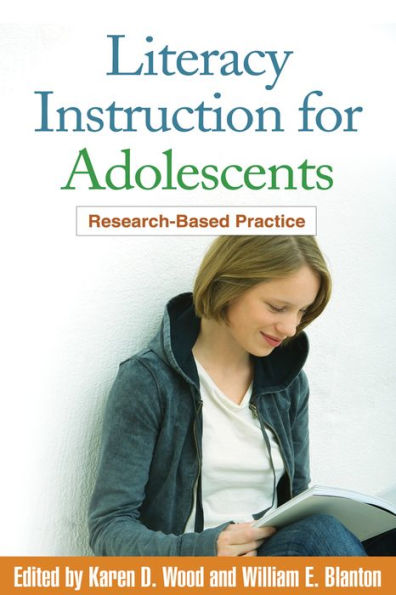Thorough and accessible, this professional resource and text shows how the latest research in adolescent literacy can be translated into effective practice in middle and high school classrooms. Leading authorities discuss findings on the adolescent learner, addressing such essential topics as comprehension, content-area literacy, differentiated instruction, gender differences in literacy learning, and English language learners. With a focus on evidence-based methods, coverage ranges from techniques for building digital literacy and comprehension skills to strategies for flexible grouping and writing instruction. Ideal for courses in adolescent literacy, each chapter includes guiding questions, discussion questions, and classroom examples.
Thorough and accessible, this professional resource and text shows how the latest research in adolescent literacy can be translated into effective practice in middle and high school classrooms. Leading authorities discuss findings on the adolescent learner, addressing such essential topics as comprehension, content-area literacy, differentiated instruction, gender differences in literacy learning, and English language learners. With a focus on evidence-based methods, coverage ranges from techniques for building digital literacy and comprehension skills to strategies for flexible grouping and writing instruction. Ideal for courses in adolescent literacy, each chapter includes guiding questions, discussion questions, and classroom examples.

Literacy Instruction for Adolescents: Research-Based Practice
526
Literacy Instruction for Adolescents: Research-Based Practice
526
Product Details
| ISBN-13: | 9781606233818 |
|---|---|
| Publisher: | Guilford Publications, Inc. |
| Publication date: | 03/12/2009 |
| Sold by: | Barnes & Noble |
| Format: | eBook |
| Pages: | 526 |
| File size: | 3 MB |
| Age Range: | 12 - 17 Years |
